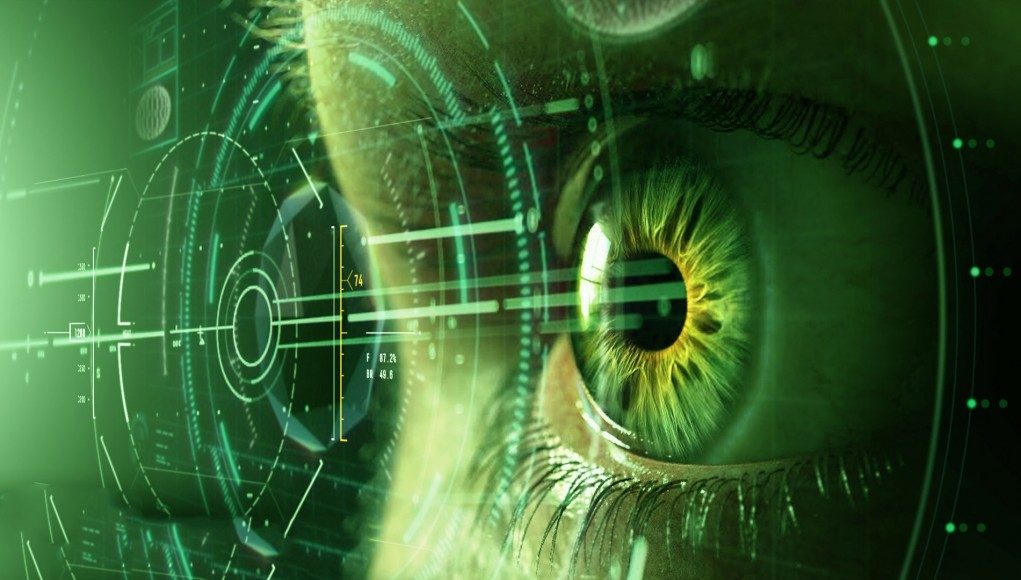Imaging company Almalence has released a trial plugin for its Digital Lens technology which makes use of eye-tracking to purportedly increase the resolving power and clarity of XR headsets.
Almalense argues that the lenses on most XR headsets today aren’t being used to their fullest potential. By taking advantage of eye-tracking and smarter calibration, the company says its image pre-processing technology can actually increase the resolving power of a headset, including expanding the ‘sweet spot’ (the part of the lens with the highest visual fidelity).
The company has released a trial version of its technology through a plugin that works with Pico 3 Neo Pro Eye, HP Reverb G2 Omnicept, and HTC Vive Pro Eye. The plugin works with OpenXR compatible content, and even allows users to switch back and forth between each headset’s built-in image processing and the Almalence Digital Lens processing.
Based on through-the-lens demonstrations by the company, the technology does objectively increase the resolving power of the headsets. The company focuses on doing more advanced pre-processing to account for artifacts introduced by the lens, like chromatic aberration and image distortion. In essence the software increases the sharpness of the image by making the light passing through the lens land more precisely where it’s supposed to.
Almalence has shared heat maps comparing the changes in visual quality with and without its image technology, along with a broader explanation of how it works.
Another big advantage over the status quo, Almalence says, is the Digital Lens tech uses eye-tracking to perform these corrections in real-time, meaning that as you move your eyes around the scene (and off-axis from the center of the lens), the corrections are updated to account for the new angles. This can expand the ‘sweet spot’ of the lens and ‘pupil swim’ by making adjustments to account for the position of the pupil relative to the center of the lens. This video demonstrates the pupil swim correction:
The plugin, which anyone can use until January 2024, aims to demonstrate the company’s claims. Ultimately it appears the company wants to license its technology to headset makers to improve image quality out of the box.









